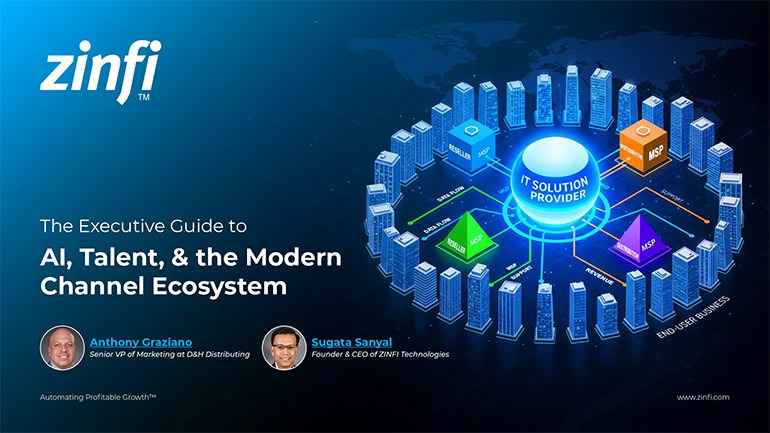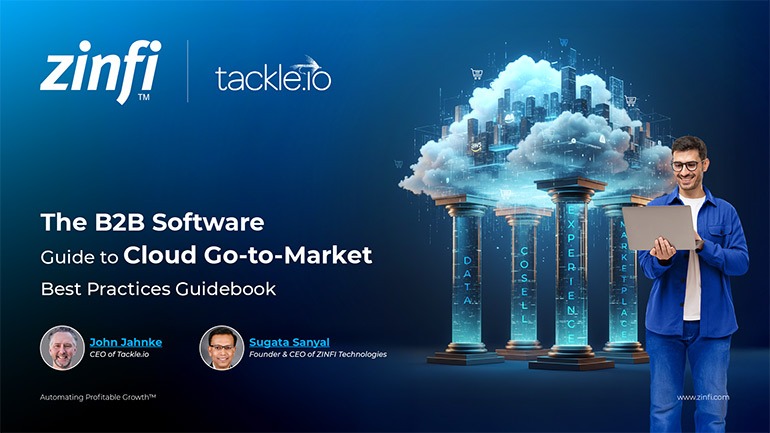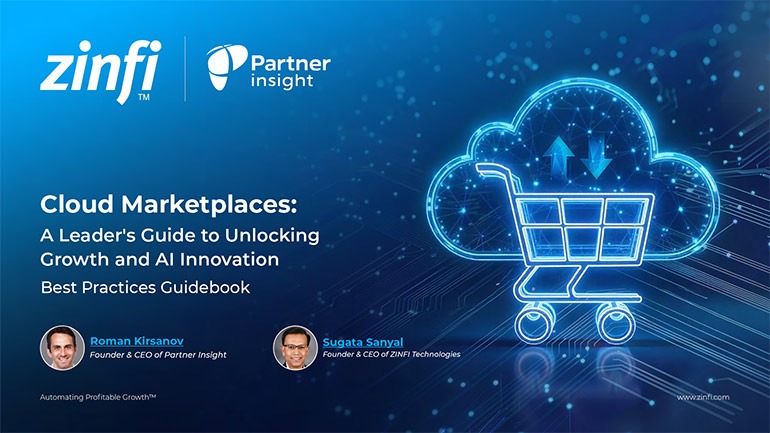Five years ago, the role of marketplaces in corporate distribution was largely uncertain, with many companies questioning their impact on growth and market penetration. Today, however, the landscape has dramatically shifted, clearly demonstrating the undeniable dominance of these platforms. Marketplaces have evolved from niche channels to pivotal ecosystems, with countless companies achieving significant scale and market reach primarily through their presence on these platforms. This transformation underscores a fundamental change in how businesses approach their distribution and sales strategies, prioritizing integration with these powerful digital hubs. The strategic imperative for vendors has become less about whether to engage with marketplaces and more about how to effectively leverage them for maximum impact and sustained growth in an increasingly digital-first economy.
The discussion particularly emphasizes the overwhelming influence of cloud hyperscalers such as Amazon Web Services (AWS), Microsoft Azure, and Google Cloud. These entities have not merely provided infrastructure but have cultivated vast and intricate ecosystems that dictate much of the digital economy's flow. Roman Kirsanov focuses on these three giants due to their sheer scale and projected financial commitments; their collective cloud commitments are forecasted to reach an astounding half a trillion dollars by late 2025 or early 2026. This monumental financial scale illustrates their foundational role in the digital infrastructure. While other companies like Oracle, Salesforce, and Atlassian operate their marketplaces, their relative size and market impact are considerably smaller when compared to the expansive reach and financial gravity of the hyperscalers. This stark contrast highlights where the true power and growth opportunities lie within the marketplace ecosystem.
This burgeoning influence has led to a significant shift in power dynamics across the industry. Hyperscalers have grown in market capitalization and effectively centralized a substantial portion of the digital distribution landscape. A compelling example of this shift is Salesforce, which has historically championed its marketplace model. Despite its established presence, Salesforce has strategically embraced the AWS Marketplace, transacting an impressive $2 billion. This move by a major SaaS player like Salesforce underscores the indispensable nature of hyperscaler marketplaces. It signifies that even well-established companies with proprietary platforms recognize these dominant cloud providers' unparalleled reach and customer base. This trend indicates that the distribution power is increasingly consolidating in the hands of a few major cloud players, dictating new rules for market entry, growth, and sustained success for vendors across all sectors.













